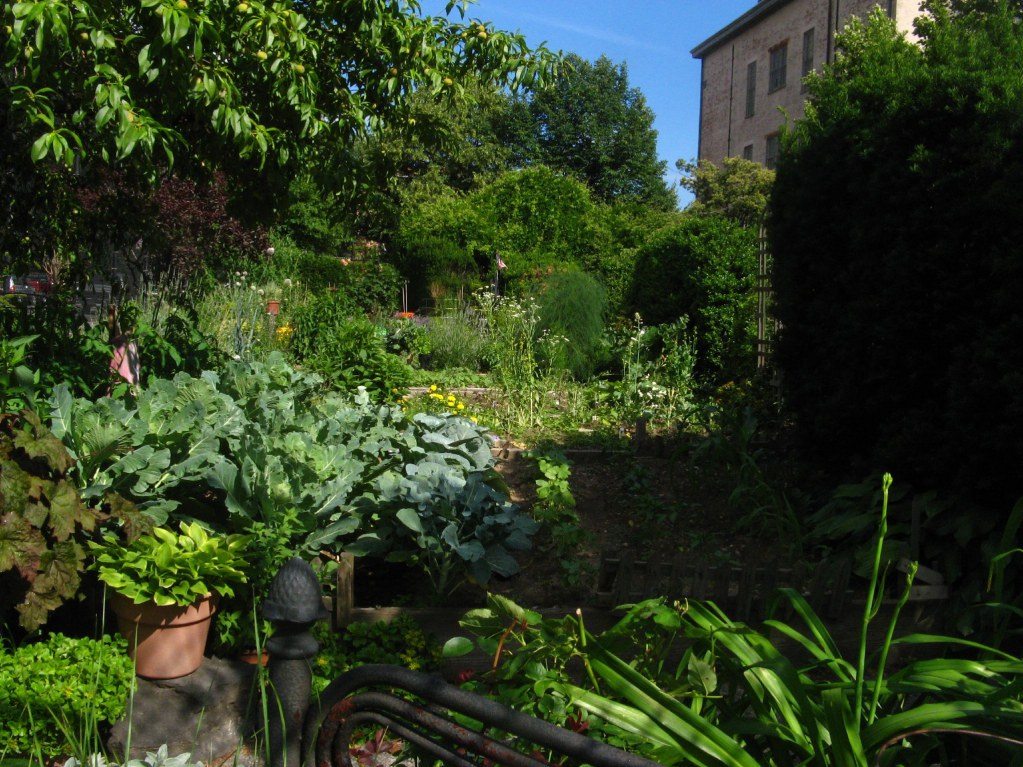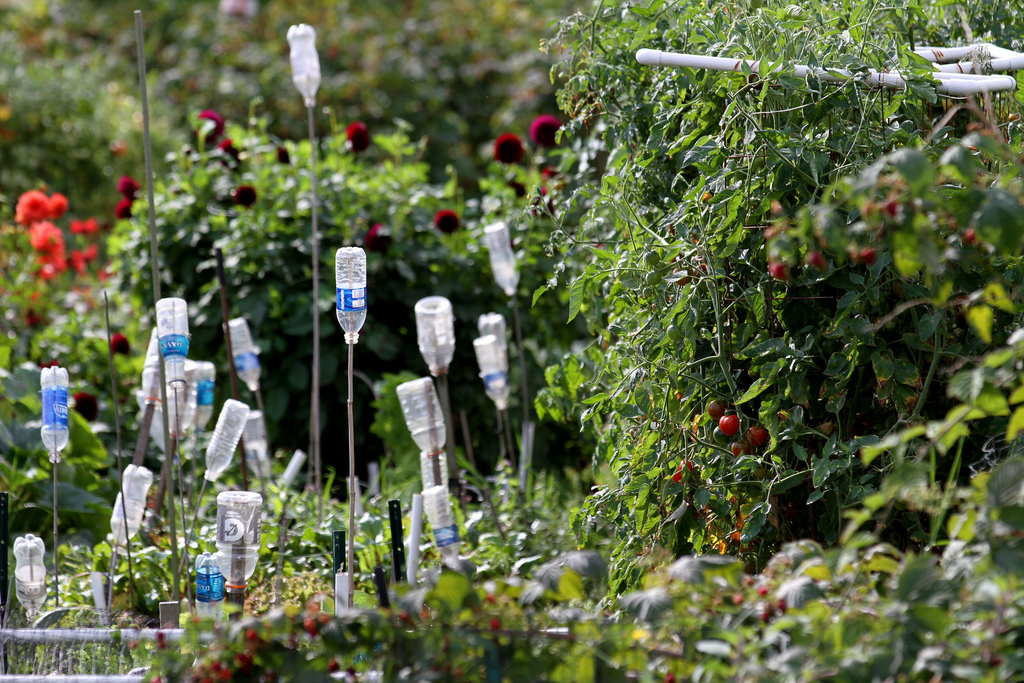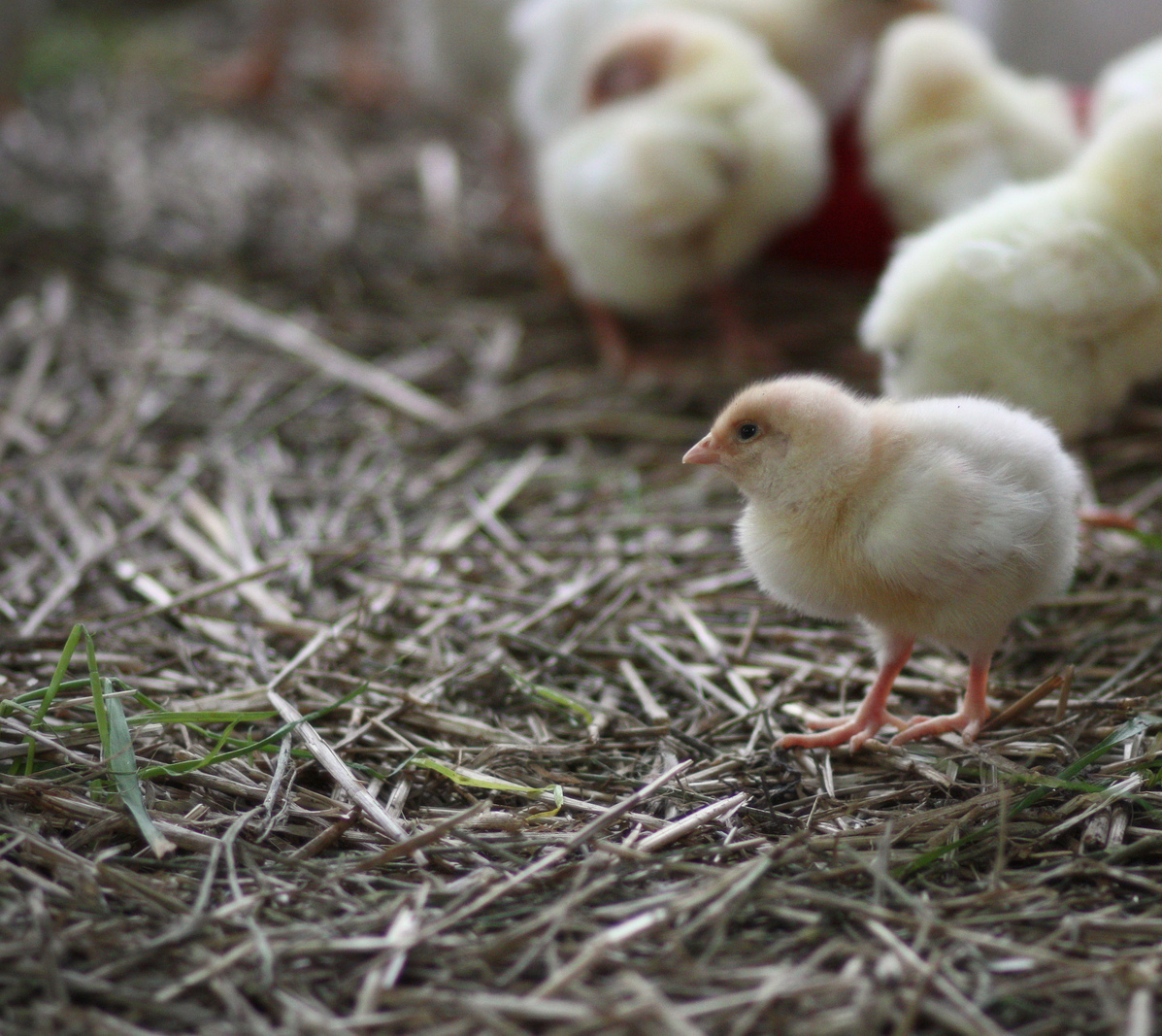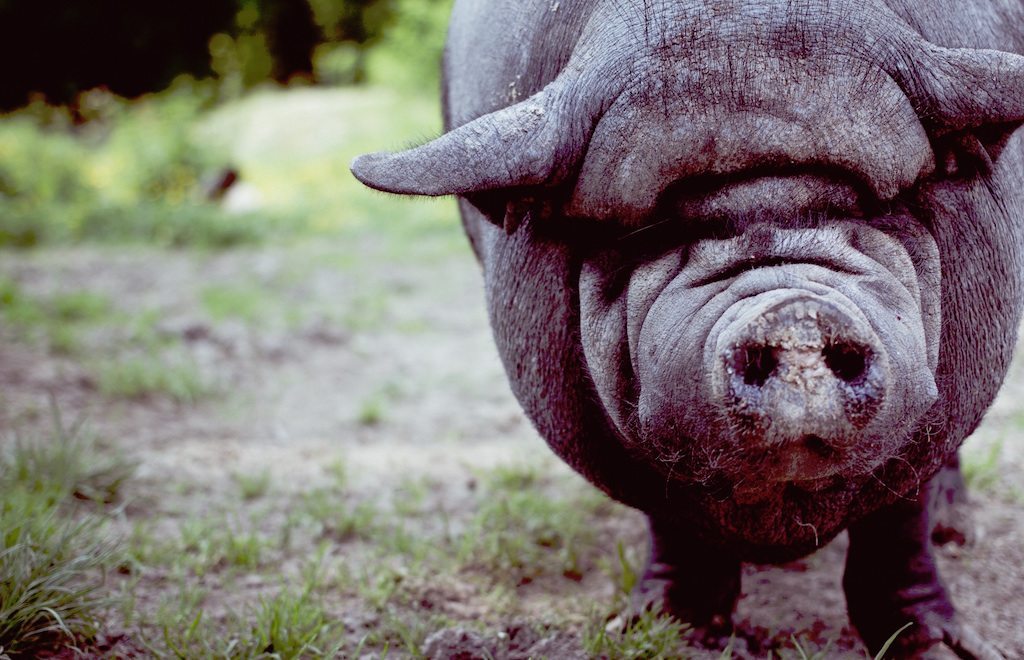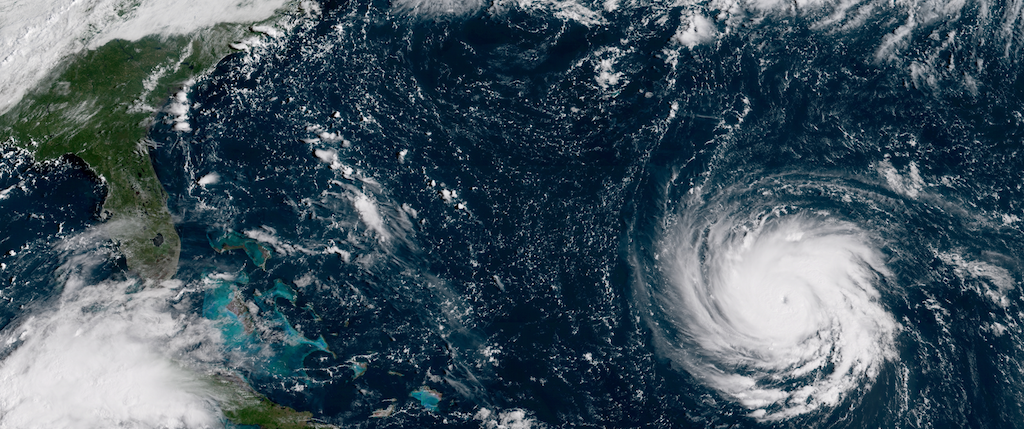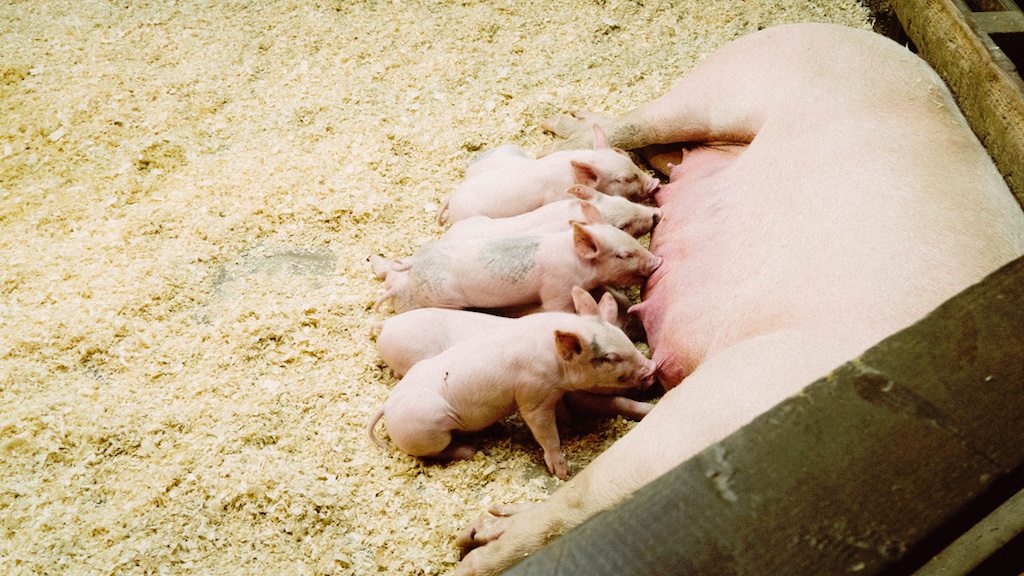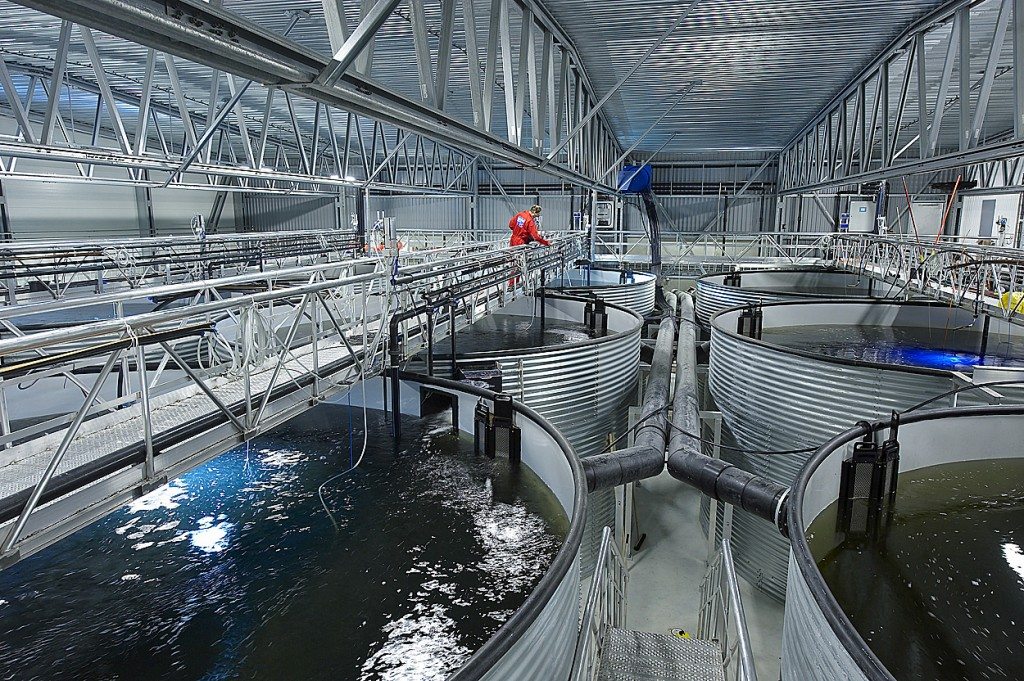In More Than Just Food: Food Justice and Community Change, scholar-activist Garrett Broad casts a critical gaze on the food justice movement. Using Community Services Unlimited (CSU), a non-profit organization founded by the Black Panthers as a case study, Broad lays bare the inherent tensions between community-based advocacy work and capitalist funding models. And, he says, the food system needs both.
See images of CSU in the book trailer below.
This conversation was edited for clarity and length.
Is food justice a movement? Where does it come from?
Food justice expands fundamentally upon environmental justice. After the 1960s and Rachel Carson, there was this critique that emerged that basically said, “Hey, look at the major environmental organizations—the Sierra Club, the World Wildlife Fund, on and on. Think about who is part of their leadership and whose interests they’re looking out for.”
 The reality was that communities of color, low-income communities, were systematically, if not intentionally, excluded from setting the agenda for the environmental movement. And so the environmental justice movement tried to expand the way we think about environmentalism—it’s not just about about polar bears and wilderness and conservation. It’s also about where we live, work, and play.
The reality was that communities of color, low-income communities, were systematically, if not intentionally, excluded from setting the agenda for the environmental movement. And so the environmental justice movement tried to expand the way we think about environmentalism—it’s not just about about polar bears and wilderness and conservation. It’s also about where we live, work, and play.
Food justice expands that to say it’s about where we live, work, play, and eat. Food justice as a movement brings a similar kind of critique to the alternative food movements which have, over the last 10 or 15 years, sparked all of this discussion around organic and local and fair trade. It’s all good people doing good work, but it’s very much for the Berkeley set.
You’re critical of media-savvy food movement “solutions” that oversimplify systemic problems. What’s missing?
One thing that I think is really important to be aware and skeptical of is what I call the “magic carrot” approach. If you hear a program claiming, “All it takes is for a kid to see where a carrot comes from, to taste that carrot that they grew in their own school garden, then from there, we will see that they will be healthy, that their family will be healthy, that their community will be healthy”—it’s just bullshit. There are no magic carrots. Food is powerful, food is valuable, food can be this really fundamental building block, but it is not magical.

The problem is that there are a lot of funding agencies and a lot of corporate partners who want to tell that story. They want to say “Hey, we built this garden in collaboration with PS 222 and we have these great photos of these black and brown kids smiling with the harvested carrot in their hand, and look how great Scott’s Miracle-Gro is.”
And then they get good coverage on some TV show, and they’re on a daytime talk show, and they get awards for corporate social responsibility and cause-related marketing. And fundamentally it’s just a lie—a dangerous one that encroaches upon the work and the resources of groups that have been working for a long time, or other groups that might be interested in developing bottom-up solutions that reflect the needs and interests of everyday people struggling with food injustice and the other challenges of inequity and discrimination.
I would love to see school gardens everywhere. But that school garden needs to be connected to broader community economic development strategies and to educational strategies that don’t just look at these kids as problems to be solved, but as partners in the development of sustainable solutions.
Community gardens are often cited as examples of such “magic carrot” thinking. How is Community Services Unlimited different?
For one thing, there’s long-term commitment. With a lot of these other garden programs, frankly, you visit them a year later and you find out that the principal who was championing the initiative got transferred to another school, and so it disappeared. Or the science teacher got overwhelmed and couldn’t handle it.
Second, they recognize that it’s not just that knowledge has to be brought from the outside in, but there’s knowledge that can be activated from within. If you ask kids what they eat, at the surface it’s Cheetos and fast food. But then you probe a little, and it turns out that their grandparents are great cooks and make tamales or collard greens, and kids realize that their families have this long tradition around food and cooking and agriculture. This gets totally missed in most nutrition education programs, which come in through a kind of whiteness and “American-ness” that assumes that there’s this absence of knowledge within these kids, or these other community members.
Third, we can start asking: How did we get to the place where we feel so disempowered, where our communities lack these things? That leads to the discussion of things that go beyond the food system. We can use the food system and the history of things like redlining and the USDA’s history of racist funding—or not funding—of black farmers, or the Black Panther party and their free breakfast for children initiative, to tell a different story. These things get erased from the history books and from government policy for a reason.
Long history b/w food and #blacklivesmatter. See my piece on the Black Panthers’ food work. #justfoodconference https://t.co/tIJ4Vsyz1b
— Garrett Broad (@GarrettBroad) March 13, 2016
Do community-based grassroots approaches and economically sustainable business models have to be mutually exclusive?
I think that social justice movements in general don’t engage enough with market ideas. In academia, in particular, there’s often this sort of knee-jerk reaction that says anything that’s market-based is bad and that we need to exist outside of the neoliberal economy. All these solutions get critiqued for not being revolutionary because they’re still working within the capitalist framework.
And sure. Yes. They are. But the market economy exists, and there’s economic opportunity out there. If we don’t engage actively and think critically about how we can make capitalism work, or new kinds of capitalism work, there are other people and institutions that are going to do a much better job of it without the kind of social and political commitments that we have.
What are the most sustainable business models? I don’t think there’s just one, but here are a couple of principles that I think are important to keep in mind:
I think they need to start with a real analysis of those who are affected. There should be community members helping to set the agenda: young people, old people, disabled people; we really need to begin grounded in the conversations with those communities to begin with.
Another area where we can improve is in providing basic support for groups that maybe are strong on community organizing and have a potentially viable business idea, but need a lot of help with things like writing grants, creating business plans, and doing cost/benefit analyses. We can do a better job of helping grassroots organizations and entrepreneurs understand their funding options and the emerging social innovation funding models like social impact bonds and investments. We need to partner, as much as possible, to build capacity within those organizations, so that over time, they don’t need to depend as much on outside expert consultants.
How can we use food as a way in to difficult discussions about environmental and social justice issues?
Look at climate change. I’ve seen wide ranges of figures, but let’s just say a quarter of greenhouse gas is attributed in some way, very directly or somewhat indirectly, to agriculture. That’s as much as or more than transportation—as much as or more than pretty much every sector. But when you think about the coverage of agriculture and food in climate change discussions, it’s almost nonexistent. All we ever hear is that we should ride a bike to work.
 It’s empirically unfounded—and bizarre from a communication perspective—for us not to focus more on the food system if we care about climate change. Everyone wants to talk about food. It’s really hard to conceptualize what 350 parts per million in the atmosphere looks like, but you can have a conversation about your dinner plate and the ecological implications of that dinner plate.
It’s empirically unfounded—and bizarre from a communication perspective—for us not to focus more on the food system if we care about climate change. Everyone wants to talk about food. It’s really hard to conceptualize what 350 parts per million in the atmosphere looks like, but you can have a conversation about your dinner plate and the ecological implications of that dinner plate.
I think that major institutions and major environmental organizations have really missed out on an opportunity over the last 20 years or more to put the food system front and center. If we can reshape our food system in a way that is more ecologically sound, and do it in a way that also promotes health and equity, it’s not going to solve all our problems, but it’s going to tackle some of the fundamental challenges that we see in contemporary society related to health, environment, and equity.
